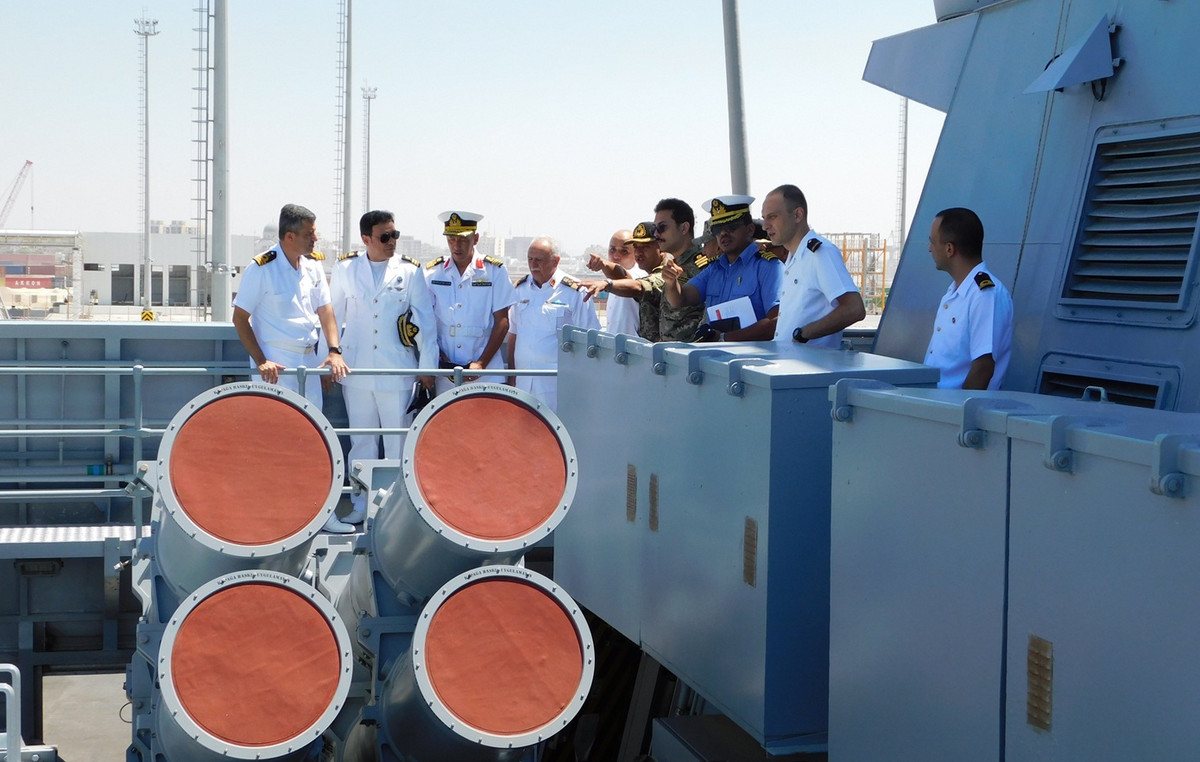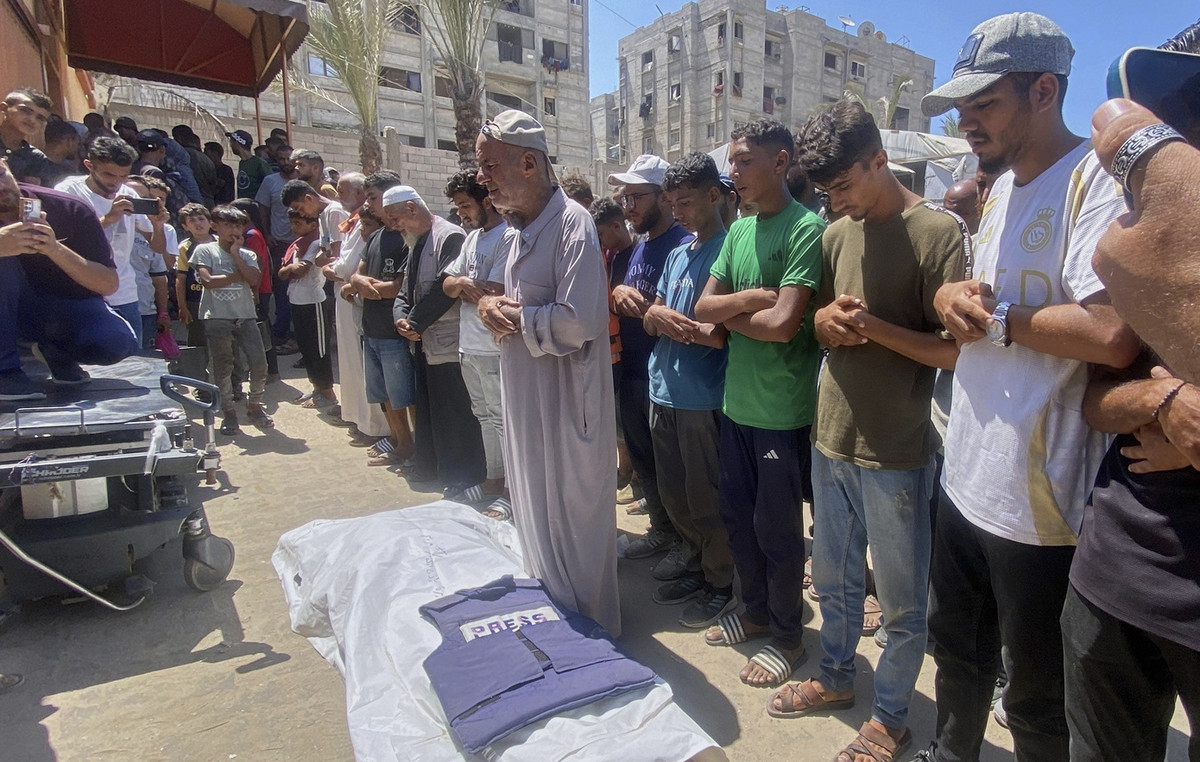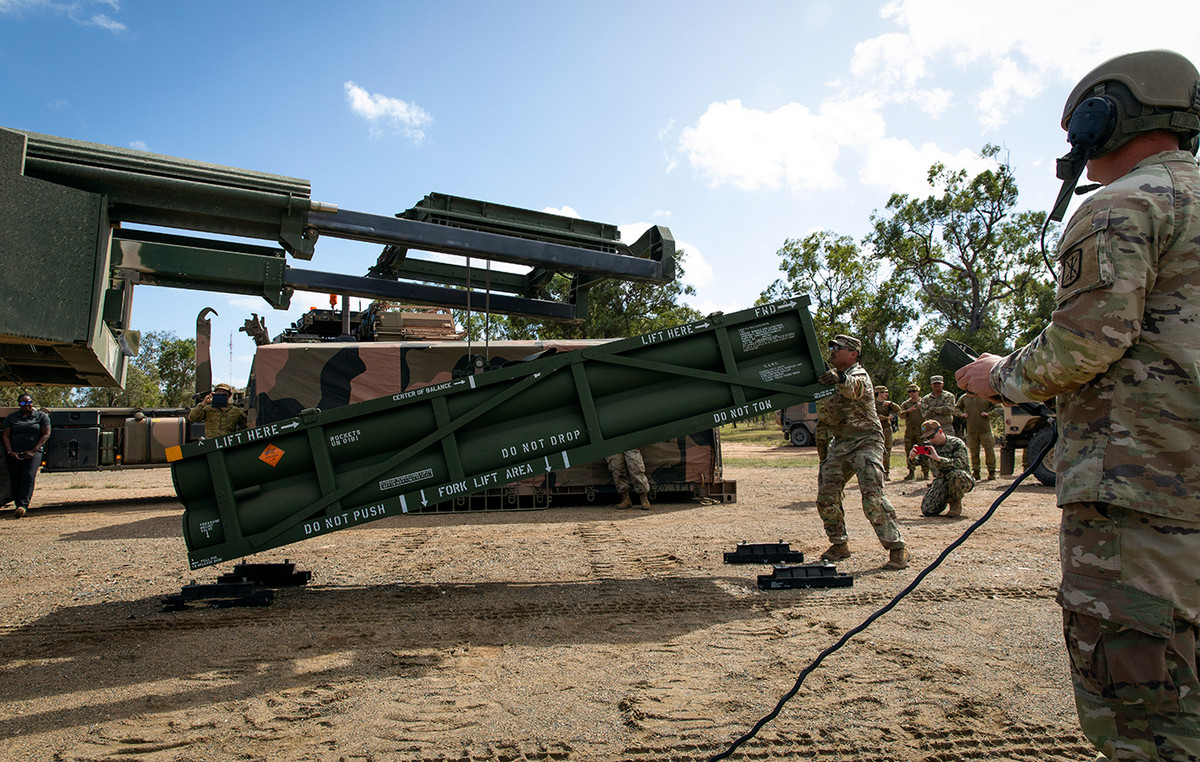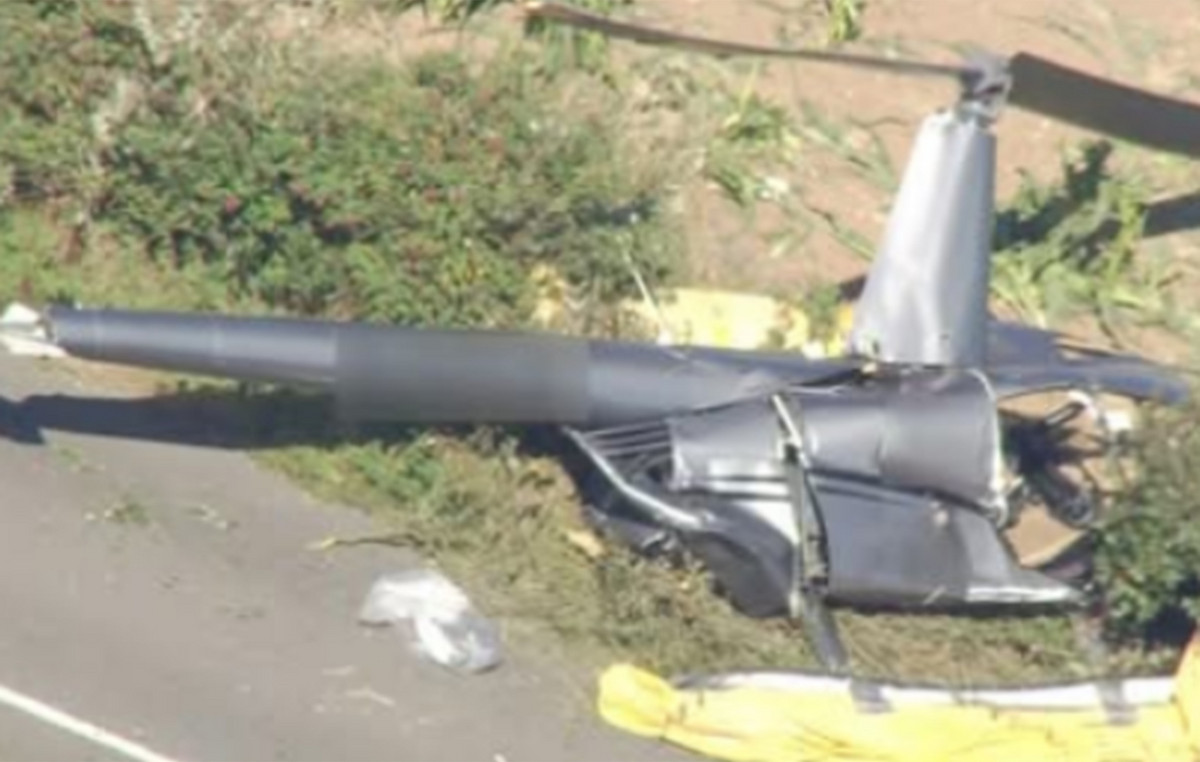“I had an ordinary life and it became extraordinary after the discovery of sarcoma.” It was with these words that accounting assistant Patrícia Figueiredo, 35 years old, described what it was like to receive the diagnosis of sarcoma – the term used to define a group of rare types of cancer, with around 100 subtypes, which especially affect bones and soft tissues, such as muscles, fat cells, cartilage and blood vessels. They represent about 1% of solid tumor cases discovered annually.
Sarcomas are tumors of mesenchymal cells, which provide physical and structural support to our body, such as muscle, fat and bones. In general, they appear on the extremities (legs and arms), in the retroperitoneum (between the abdominal organs) and on the thoracic or abdominal walls. The disease can affect people of any age. Some subtypes that affect the bones are more common in childhood and adolescence, while other subtypes, especially soft tissue sarcomas, mostly affect adults over 50 years of age.
The disease is so uncommon and difficult to diagnose that its incidence is not recorded by Globocan (Global Cancer Observatory), for the Cancer Incidence in Five Continents (CI5) nor by the National Cancer Institute (Inca). Estimates of new cases are based on cancer registries from developed countries, such as the United States and some European nations, which further complicates epidemiological control of the disease. The literature estimates that up to a quarter of diagnoses (25%) are delayed or incorrect because of the difficulty in correctly identifying the tumor subtype – and this has a direct impact on patient treatment.
The accounting assistant is an example of initial diagnostic difficulty, which affected the conduct of her treatment. Her first symptom was heavy menstrual bleeding, with the loss of clots, which did not stop and caused her severe pain. After consulting her gynecologist, she was diagnosed with fibroids in the uterus and was recommended to remove the organ. After the surgery, the pain went away and she says she was relieved to be able to resume her routine. As usual, a fragment of the uterus was sent for biopsy and the material's conclusion surprised everyone: she had a sarcoma, which was initially classified as low grade.
“When I asked if this was cancer, the doctor shook his head and said yes. At that moment, I learned that at 34 years old, with two young children, that I had a rare cancer, which represents less than 1% of cases. I didn't know anyone with the same disease and my doctor didn't know very well how to treat it, as it was extremely rare. I started crying. But my faith is unshakable, regardless of what the paper says”, says Patrícia. The gynecologist referred her to start treatment with an oncologist in the public health system, at a cancer reference hospital in the interior of São Paulo.

But it was precisely the misclassification of her type of sarcoma that hindered medical management and caused the cancer to progress rapidly. According to Roberto Pestana, clinical oncologist at Hospital Israelita Albert Einstein and researcher on the Sarcoma Team of the Latin American Oncology Cooperative Group (Lacog), as they are very rare tumors and there is little data available on this type of cancer in Brazil and in world, there are still difficulties in diagnosis.
“This means that the history of these patients generally involves a long time between the initial symptoms and until they see a doctor. After that, due to the rarity of tumors, the diagnosis of sarcoma is often not considered. And, as they are rare tumors, when the exam is sent for biopsy, there is a risk of error: there are more than 100 types, often similar to each other under the microscope. The final diagnosis may still depend on additional molecular tests, which not every place does”, explains the oncologist.
According to Pestana, delays in correctly identifying the disease can cause the patient to waste time that is extremely important for controlling the disease. “Every step of this patient’s journey is a challenge. Many people have never heard of sarcoma, so it’s difficult to even know where they can receive treatment,” he points out.
With the diagnosis of low-grade sarcoma, Patrícia was advised to simply monitor the evolution of the disease. Between comings and goings, she again felt severe abdominal pain and new tests showed a small nodule in the lung, another in the abdomen, another in the retroperitoneum, which indicated metastases. She was then referred to the hospital's palliative care service and started using oral hormonal medication. “After starting the medication, the nodules doubled in size and I continued to have incredible pain.”
Faced with the worsening of her clinical condition, the young woman decided to get a second opinion, repeated the tests, carried out the pathological analysis of the tumor and discovered that she did have a sarcoma, but it was not low grade – it was a high grade tumor, stage 4 (more aggressive and already advanced). A PET scan showed more than 20 nodules in the lung alone.
“I looked like a Dalmatian, with so many black spots,” he says. It was necessary to completely change the treatment approach, with the immediate start of chemotherapy cycles every 21 days. Five days after the onset, symptoms improved. In the third cycle, the PET scan already showed a significant reduction in all nodules.
Few specialized centers
Pestana and other oncologists did a broad review of studies on sarcomas published over the last 30 years and found that there are several obstacles that lead to late diagnosis and lack of adequate patient care. The work was published in the medical journal The Lancet Regional Health Americas.
The research shows that, of 1,941 clinical studies on sarcomas, only 29 of them were available in South American countries. Considering the 632 trials currently underway, only eight included South American countries – less than 2% of the total research. According to the Einstein oncologist, this limitation makes access to new treatments and the development of personalized approaches to treating these patients in this region difficult.
Another point highlighted by the doctor is that the literature shows that these patients receive better treatment and live longer if they are treated and monitored in centers specializing in sarcoma, which practically does not exist in Brazil and other Latin American countries.
“This organization of the care network is still in its infancy to ensure that patients are referred to specialized centers. In some countries, especially in Europe, there are diagnostic and treatment networks that organize these patients' journeys and centralize them in specific locations, which improves the outcome”, he reinforces.
The accounting assistant finished six cycles of chemotherapy and is currently monitoring her cancer with routine exams every two months. “I understood my purpose through pain. But nothing would be possible without my family support network and my faith. Today my life is a blank sheet and I write each page daily. Just as I have a rare cancer, which represents less than 1% of cases, I can say that I am the 1% who survived it”, she concludes.
Source: CNN Brasil
I am an experienced journalist and writer with a career in the news industry. My focus is on covering Top News stories for World Stock Market, where I provide comprehensive analysis and commentary on markets around the world. I have expertise in writing both long-form articles and shorter pieces that deliver timely, relevant updates to readers.







